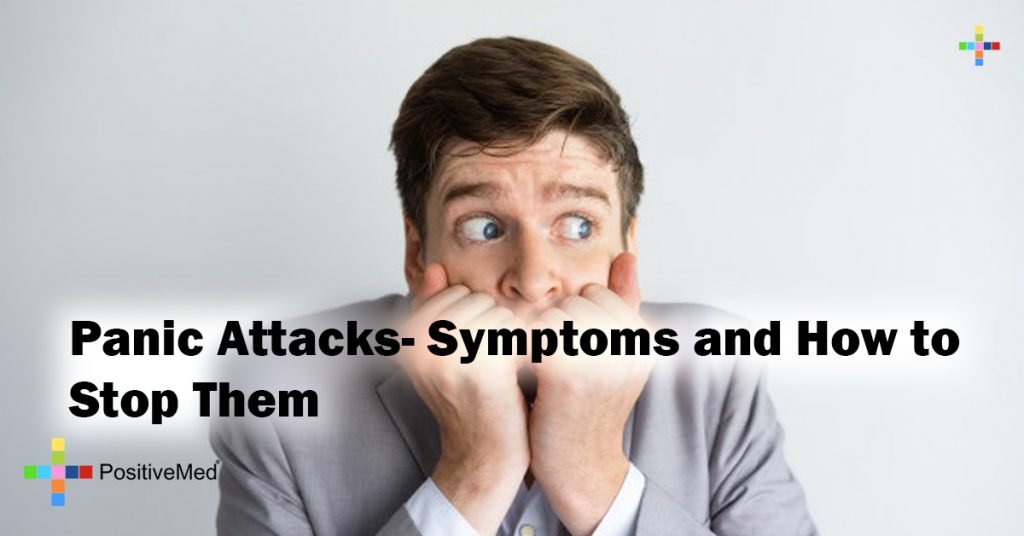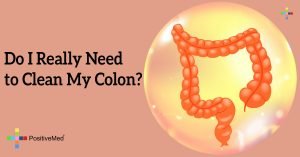
Panic Attacks- Symptoms and Treatments
As human beings we face a wide range of emotions with different degrees of intensity. Fear is a basic human emotion that helped keep humans alive through the ages. We have brain structures designed to perceive cues of danger in the environment, reflexes that warn about possible threats and to bring about the fight or flight response. When under stress your body will experience changes such as pupil dilation and increased heart rate. Panic is simply an extreme form of fear. In a panic attack there is a sudden physiological arousal, a whole body stress reaction to a stimuli that might not be even present, psychological discomfort, and fear.

Everyone is at risk for a panic attack with the right stimulus, if the panic attacks occur often and affects our lives, it could be Panic Disorder, which is described by the American Psychological Association as a sudden, isolated, and temporal access of fear with strong anxiety symptoms, which are described in the following list.
Some symptoms that might indicate a panic attack
• Palpitations, increased heart rate
• Excess perspiration
• Trembling or shaking
• Breathing difficulties
• Choking sensation
• Chest pain
• Nausea, abdominal pain
• Dizziness or vertigo
• Feelings of de-personalization
• Fear of losing control
• Irrational fear of fainting or dying

Panic attacks can last between 10 to 30 minutes. People who suffer from this disorder often fear another attack and that can lead to disability or limitation of daily routine. These fears can lead people into isolation. Contact a therapist or your doctor, this will need care and follow-up.
How to handle a panic attack:
• Breathing and relaxation exercises: These should be done on a daily basis. Try to always breathe deeply and slowly, focusing on inhaling and exhaling. Learning breathing techniques, yoga, and meditation may be helpful.
• Exercise: Daily exercise is recommended to lessen anxiety levels and increase oxygenation in the body.
• Avoid stimulants in your diet: Caffeine, alcohol, chocolate, medications, and some illegal drugs can lead to panic attacks, even for people who use these substances on a daily basis.
• Recognize the cues: You may be able to identify your personal triggers. If you think you can’t handle being in a subway full of people, you probably can’t.
• Re-structure your negative thoughts: Try to rationalize what is happening during the attack, try to be positive, know its going a temporary problem and you are going to be alright.
• Ask for help: Look for professional help. Friends can be a possible support, however health specialist are more knowledgeable about what is happening. Confront your problems and try to speak about this with a therapist or counselor, there are drugs that can alleviate symptoms.
• Don’t be ashamed, you are not alone. Everyone suffers from extreme anxiety and fear from time to time. Look it up in forums, search the internet, find different perspectives.
Panic Attacks- Symptoms and Treatments
By: Andres Carvajal
Edited By: Stephanie Dawson
Source:
DSM-TR diagnostic criteria for panic disorder, Blechner, M. (2007). “Approaches to panic attacks”.Neuropsychoanalysis 9 (1): 93–102.
[Last Updated on May 30th 2014]





